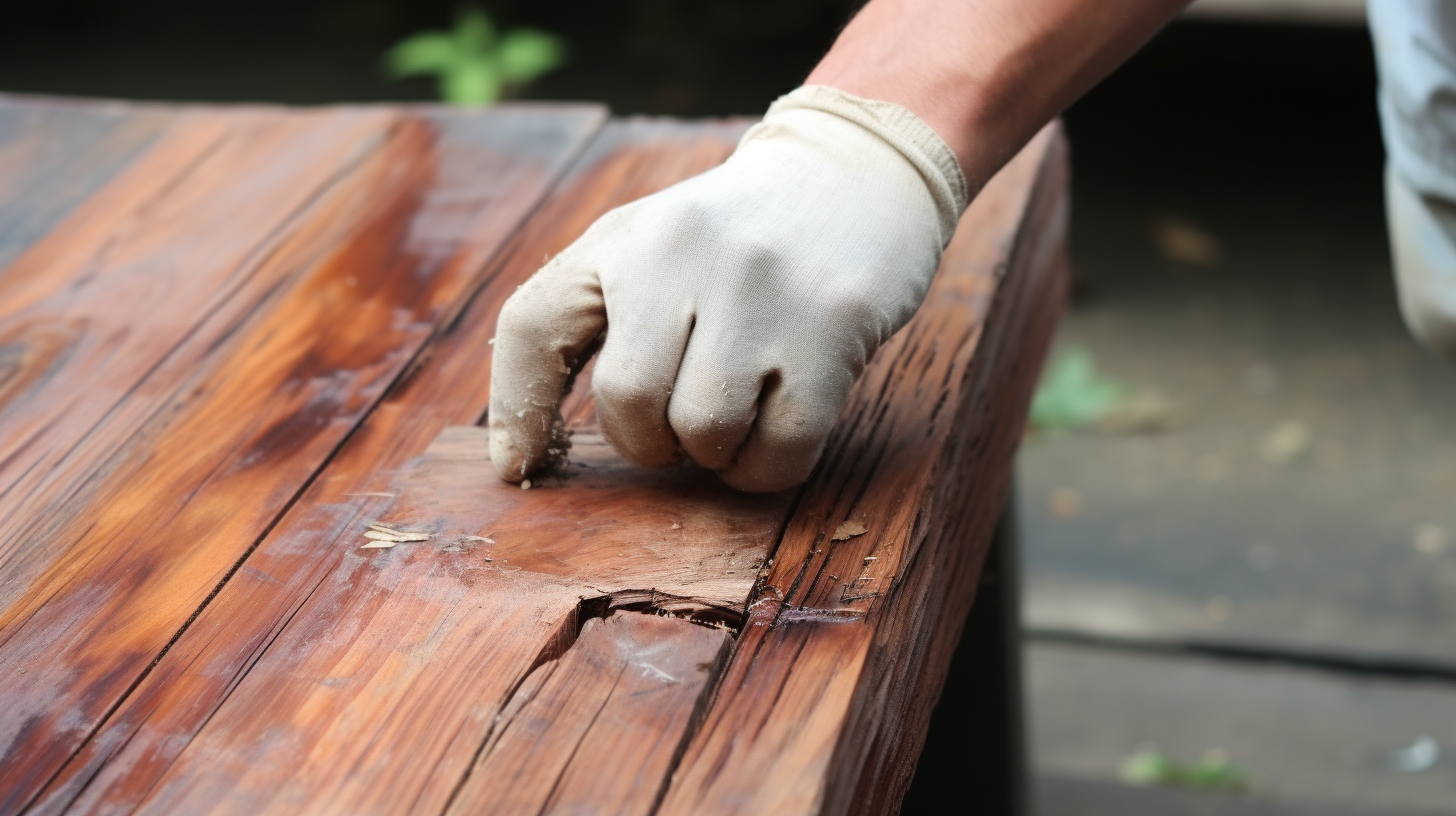DIY Furniture Repair Tips
Mar 15, 2024

DIY Furniture Repair Tips
While it is okay to do minor furniture repairs like fixing small scratches, dents and tears yourself, it is preferable to leave antique repairs and refinishing to the professionals. Without the right tools and training, you could damage the appearance of vintage items and diminish their value.
Here are some common furniture repairs you can attempt:
Minor scratches
- Rub the paste of a Walnut or Brazil nut into the scratch of light to medium coloured wood. The oil will darken the scratch and the paste will level it off. Then buff with a cloth.
- A similar-coloured wax crayon would also work. Fill in the scratch then use a hot dry rag and a blow dryer on high to melt and buff the crayon to a smooth finish.
- You can also use a furniture-patching wax stick in a similar fashion.
- Iodine will mask scrapes and scratches on mahogany or cherry wood. Wipe dry with a cloth after application. Apply as many times as needed to match the colour of the wood.
Dents
These are more challenging and you need to be careful.
- Prick holes with a pin in the varnish to allow moisture to get into the fibres.
- Push a moist cloth in the dent and then cover with a towel to prevent damage to surrounding areas.
- Apply steam with the help of a very hot iron, the fibres should swell and fill the dent.
- Lightly sand and touch up the area as needed.
- Then polish and wax or oil depending on the finish.
Watermarks
Whitish marks are easier to repair as the water has only affected the varnish. There are a variety of ways to fix it such as:
- Using a lint-free cloth with a little rubbing alcohol (denatured), camphorated oil or turpentine to rub the spot out.
- Rubbing a little bit of toothpaste (with “brighteners”) with your finger or a small cloth pad. Keep the rubbing motion along the direction of the wood grain.
- Sprinkle table salt on the watermark then rub with a cloth moistened in mineral or lemon oil. Use salt and vinegar for stronger results.
- Buff and polish to finish.
Caution: A darker colour means the whole area will have to be stripped and refinished. This is best done by a professional furniture repair service.
Candle wax
- Gently scrape off as much as you can.
- Lightly iron the remnants with a piece of paper towel.
- Keep changing the towel for better absorption.
- Rub dry cleaning fluid with a cloth to remove what is left.
Punctures and tears in leather
- Use a needle to gently lift the flap of the tear.
- Apply a tiny amount of contact cement with the tip of another needle.
- Carefully smooth out the edges and wipe away any excess glue.
- Leave for an hour or so then apply some leather conditioner.
Wood refinishing
- Liberally spread your stripper over the surface.
- Start scraping when it starts to bubble.
- You may choose to sand it down instead.
- Make sure that your surface is clean and free of any debris after scraping or sanding.
- Apply the stain across the surface taking care to wipe off the excess.
- Let it dry for 24 hours.
- Apply a wax finish and let it sit for about 30 minutes, then buff.
Note: We do not guarantee these furniture repair tips will work for any and all types of antiques, so please use them with caution and at your own risk.
At Carrocel Restorations, repairing furniture is an art that restores the original beauty of your items without diminishing their quality or value. As many as 25 individual steps go into the rich and long lasting finish we are known to deliver. From the stripping process right through to the final finish, we painstakingly assure that every step is performed with the utmost care and uncompromised craftsmanship. Visit our large showroom in the GTA to see our huge selection of antiques.
Outmaker Instagram Network








